The weather was ‘treacherous’ on Saturday, 23 November 2013, the day chosen randomly by Gary Younge as the focus for his latest book, Another Day in the Death of America. As he described it, a ‘Nordic outbreak’ of snow, rain and high winds swept across the desert states and up into the northern plains. It was for many Americans a winter’s day like many others but for ten families a shot rang out sometime during those 24 hours and their lives changed for ever. Not that these ten disparate events made the national news. Death by gunshot is so commonplace in the USA that not even when those who died are so young is it considered worth highlighting, remembering, bewailing.
On average, seven young people die every day in the USA from gunshot wounds; firearms are the leading cause of death among black children under the age of 19, reported Younge. A black British journalist who writes for the Guardian, he decided to breathe life into these statistics, make them real, simply by finding out who the victims were on that day in November, how they were killed, why they were shot, who was left behind to mourn. His style is direct, unfussy, straight to the point, and made for an urgent, thought-provoking start to the day for Radio 4’s Book of the Week (produced by Hannah Marshall).
Jaiden Dixon, for instance, was only nine, one of three sons of a single mother living in a safe, modest suburb of Columbus, Ohio. He didn’t like getting up for school, his mother told Younge, but that morning, he happened to be up and ready at 7.30 when the doorbell rang. It was unusual to have a caller so early but because the area was so quiet and untroubled Jaiden went straight to the door and opened it. At first he could see no one and so he ventured further to find out who was there. A single pop was all his mother heard, ‘like a balloon popping’, she told Younge. Jaiden had been shot through the head by her ex-partner, who later killed himself in a shoot-out with the police.
Younge drew no conclusions, made no attempt to explain. He just gave us the facts and in such a way that Jaiden was returned to flesh and blood while we were left to rage against the callous indifference of the American media establishment to these ‘everyday’ happenings. ‘The sum total barely earns a national shrug,’ he said.
Listening to Younge reading from his book made much more of an impact than reading it. His stark, economical reportage, his apt choice of detail, was enough to create pictures in the mind, helping us to relive what happened, feel its impact.
It seems counterintuitive but programmes about art on radio often work really well, forcing us to concentrate hard on the image being described in a way that ensures you won’t feel the need of a visual aid and helps you to see the paintings in a new and deeper way. In the past, the ever-helpful BBC would always send out reproductions to those listeners who bothered to request them. Now of course all we have to do is call up the digital image on the website, which has always felt like a cop-out to me. Until now.
Cathy FitzGerald’s new series for Radio 4, Moving Pictures, takes three works of art and dissects them on air. She not only recommends to listeners that they look up the painting on the website (where she promises we will find a fabulously high-resolution image) but deliberately talks us round the picture as if we are looking at it too. This might seem offputting. After all, it’s meant to be a radio programme, not an online art class. What happens if you are not near a computer? But by chance I’ve just acquired a tablet and could look at the image and listen to FitzGerald at the same time.
At first Pieter Brueghel the Elder’s 1565 painting ‘The Harvesters’ looks like a wonderfully detailed scene somewhere in Flanders of a blazing yellow wheatfield in the foreground, with a castle, an orchard, a village and even the sea in the distance, filled with tiny figures. But with FitzGerald’s helpful commentary, and my ability to zoom in on the digital image, Brueghel’s art came to life in a remarkable way. In the pond in the distance, for instance, the figures that by the naked eye are hazy in outline and purpose become a naked monk swimming while another holds up his arms in rapture at the cooling water and another contemplates taking the plunge. In the village, the figures playing some kind of game are seen with the aid of the miraculous zooming technology to be throwing sticks at a live goose hanging from a pole.
Would all this work on air without the digital image? I listened again and the impact was just as vivid, FitzGerald’s beguiling voice leading us into the picture and helping us to see in our minds what she was describing in mere words.
The post One day in November appeared first on The Spectator.
Got something to add? Join the discussion and comment below.
Get 10 issues for just $10
Subscribe to The Spectator Australia today for the next 10 magazine issues, plus full online access, for just $10.
You might disagree with half of it, but you’ll enjoy reading all of it. Try your first month for free, then just $2 a week for the remainder of your first year.

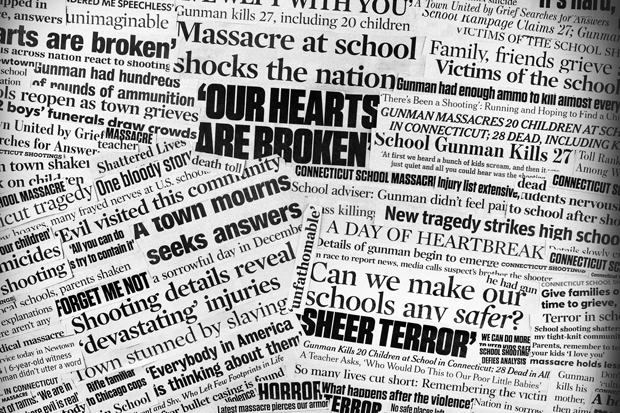
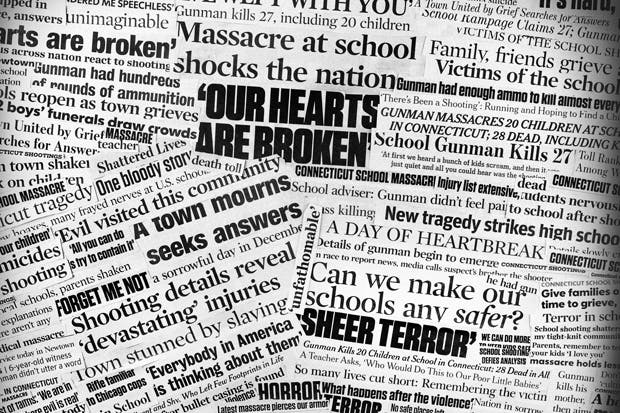
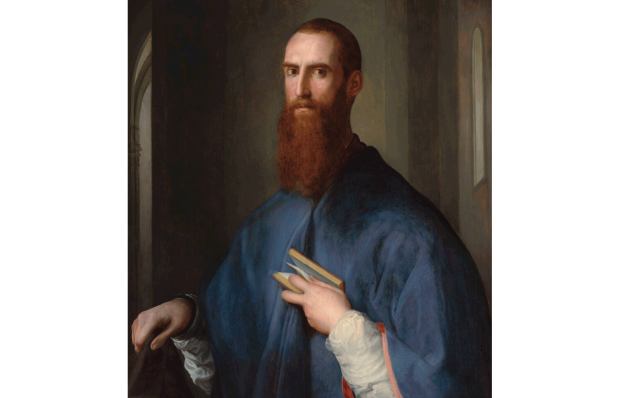
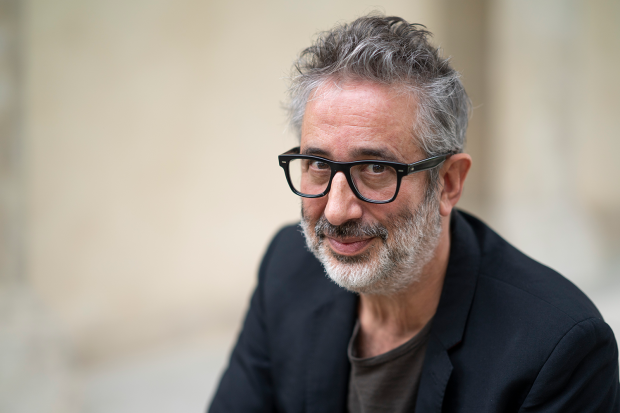
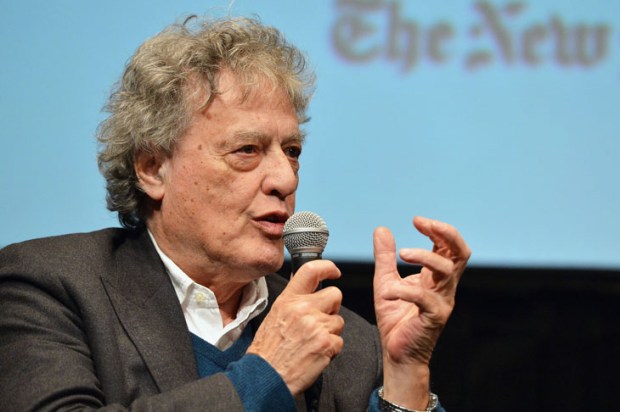
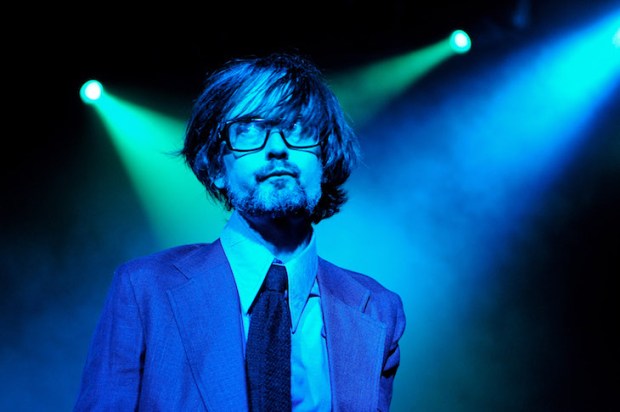






Comments
Don't miss out
Join the conversation with other Spectator Australia readers. Subscribe to leave a comment.
SUBSCRIBEAlready a subscriber? Log in